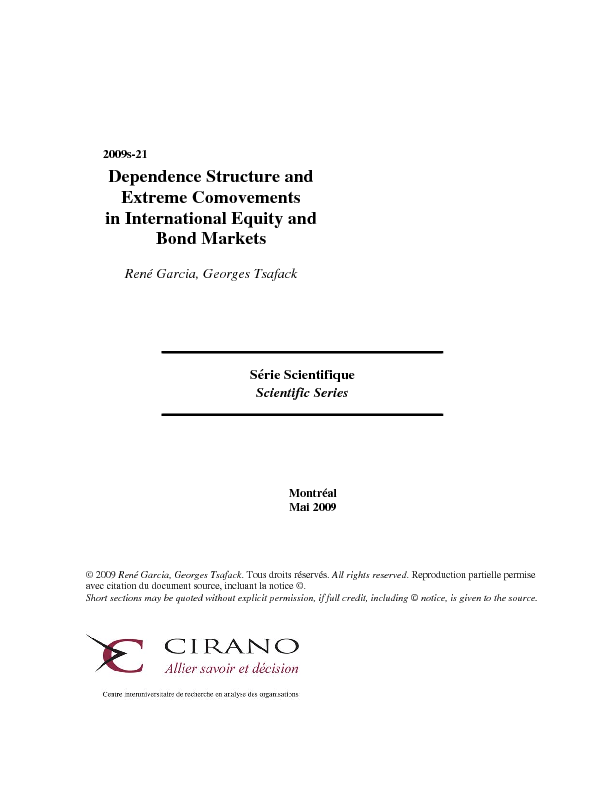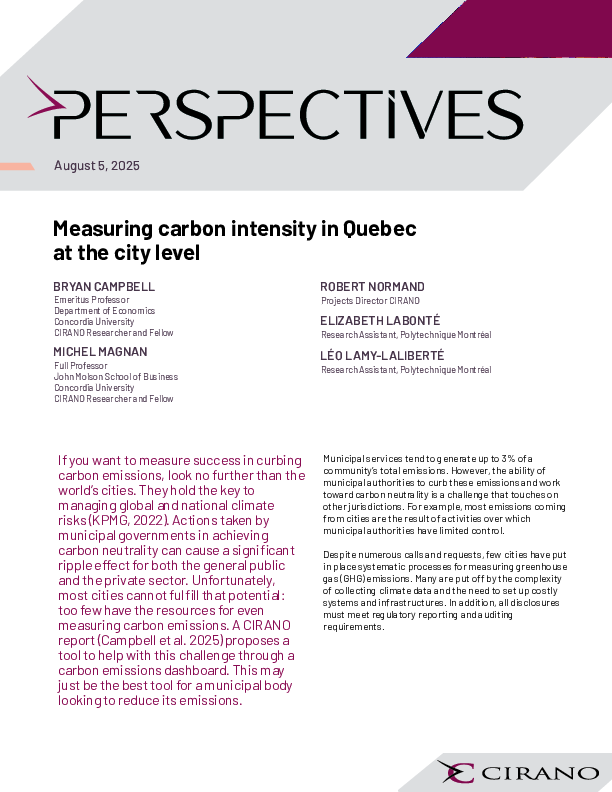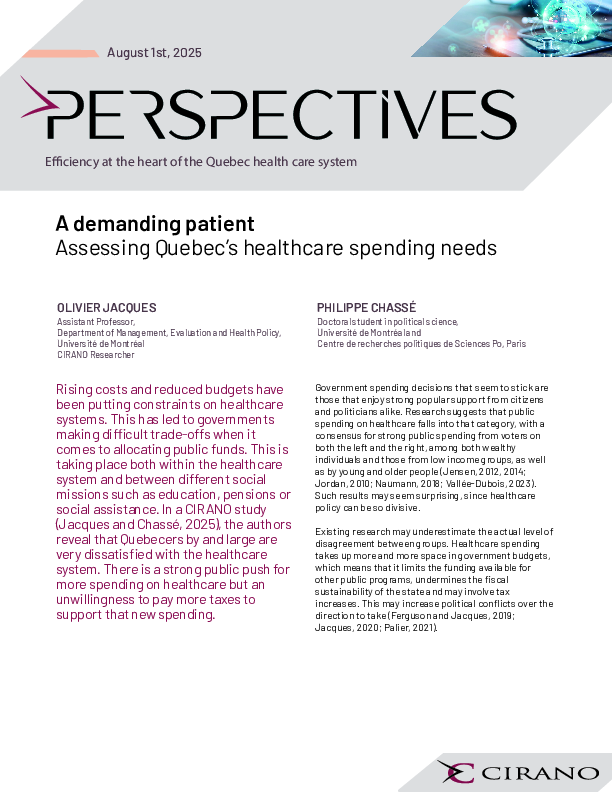Dependence Structure and Extreme Comovements in International Equity and Bond Markets
Common negative extreme variations in returns are prevalent in international equity markets. This has been widely documented with statistical tools such as exceedance correlation, extreme value theory, and Gaussian bivariate GARCH or regime-switching models. We point to limits of these tools to characterize extreme dependence and propose an alternative regime-switching copula model that includes one normal regime in which dependence is symmetric and a second regime characterized by asymmetric dependence. Moreover, to fully appreciate the potential effects of this asymmetric dependence in terms of portfolio diversification, we apply this model to international equity and bond markets, to allow for inter-market movements. Empirically, we find that dependence between international assets of the same type is strong in both regimes, especially in the asymmetric one, but weak between equities and bonds, even in the same country. We study analytically how and when asymmetric dependence may amplify empirically documented phenomena such as flight to safety and home bias in portfolio allocation.
[ - ]




